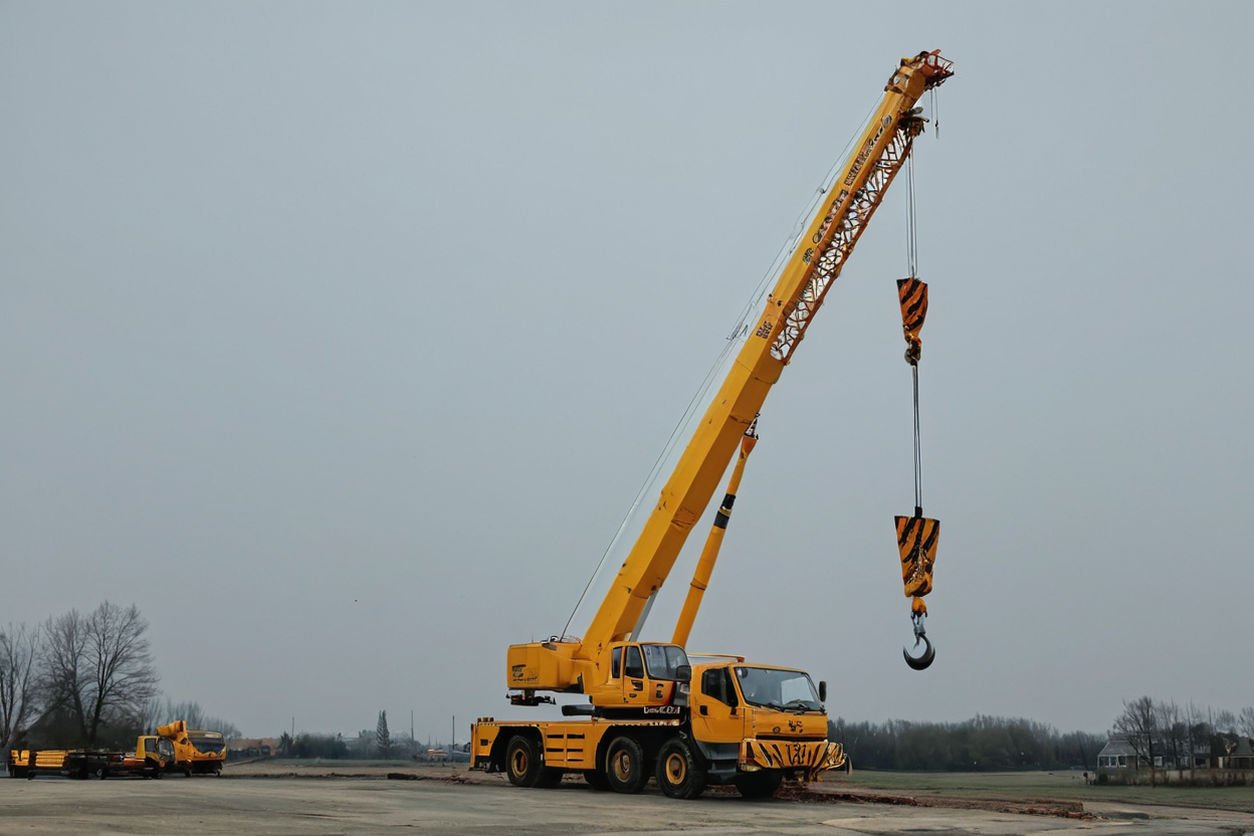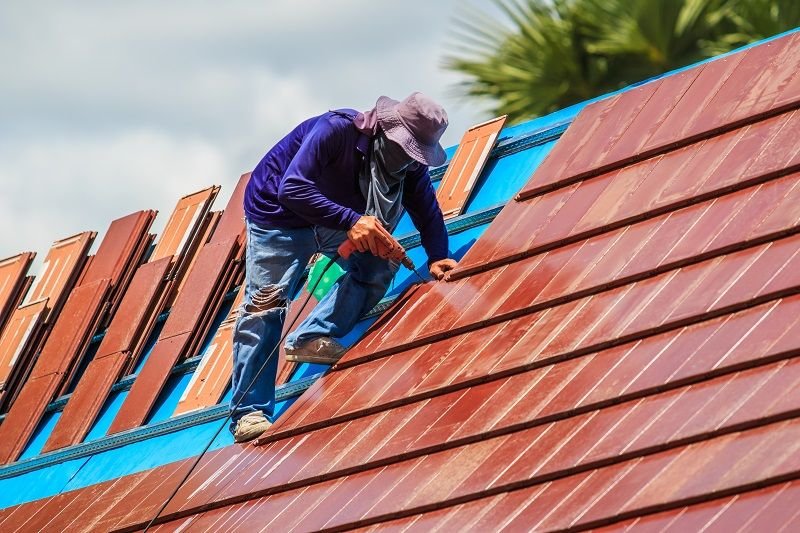Crane machines are a major part of any construction work. The capability of cranes to lift heavy materials and move them with much surety is invaluable in various tasks. While a number of new innovations have come about because of the rapidly developing construction market, India picks the best choice of cranes for your site with high impetus on efficiency and safety. However, there are so many different crane options available in the market that selection can be a major obstacle.
The blog will outline how to go about getting the ideal crane machine for your site in India. It will also ensure that your project is completed on time and within your budget.
Factors to Consider When Choosing a Crane Machine in India
1. Understand Your Site Requirements
The first thing to be undertaken in selecting the right crane is understanding the actual requirement of your site. Every construction site presents its challenges, and the crane you decide upon must be able to take up those demands.
- Carrying Ability: This is another very important factor. How heavy are the goods you are going to lift? Make sure that the crane you buy can endure the maximum weight you will raise with it and not get overweight.
- Height of Lifts: Determine how high you need to lift the materials. Cranes have a different lift height, with the right one related to the vertical needs of your project.
- Site Size and Layout: Cranes vary in size and maneuverability. For smaller sites with limited space, a more compact and mobile crane might fit better. For large sites, one might want to consider using either a tower or crawler crane.
- Ground: The nature of the ground in your construction site also dictates the crane type. Shady, rough, or uneven grounds may require an all-terrain crane that can work on any nature of the ground.
2. Know the Types of Cranes Available
Knowledge about the availability of crane types will assist you in selecting the crane for your site’s needs. Following are the most common types of cranes used in India:
The major types of cranes used on the construction site include:
- Tower Cranes: These are fixed cranes and are usually used in big projects on the construction site, including high-rise buildings. They serve well when it comes to lifting very heavy materials to great heights; normally, they do require a stable foundation and are stationary upon installation.
- Mobile Cranes: These have flexible bases and can be easily relocated from one place to another. They can be very useful in smaller projects or when one needs to lift materials from different positions on a site.
- Crawler Cranes: These are heavy-duty cranes mounted on tracks, which facilitates their usability on rough ground. They are usually called for in large jobs in infrastructure and can bear heavy loads over long distances.
- All-Terrain Cranes: As the name would suggest, these cranes can be used on almost any ground. They combine the lifting capabilities of a crawler crane with the ease of mobility compared to a mobile crane.
3. Consider the Mobility of the Crane
It is among the most important factors, mainly if you are dealing with projects that would involve traversing the site. The project that involves lifting materials from different areas will be advisable to go either with a mobile crane or all-terrain crane.
- Wheeled Cranes: These cranes are easy to mobilize on-site and are ideal for projects that require frequent repositioning. They come fitted with rubber tires and hence find their perfect application on smooth terrains.
- Tracked Cranes: If the landscape of your site is uneven or muddy, it will be better to go for a tracked crane. The machine gives better stability and can make its way on such an uncomfortable ground without getting stuck.
4. Check the Power and Fuel Efficiency
The power and efficiency of fuel are crucial when choosing the ideal crane for your site. Since fuel prices in India are very expensive, which slashes operating budgets, it will be useful to select a crane offering high performance while containing fuel consumption.
- Diesel vs Electric Cranes: Most of the cranes are driven by diesel engines, but electrical cranes are fast gaining acceptance in projects where emission and noise levels are to be at their minimum. In relation to energy use, the diesel crane is powerful yet not as fuel-efficient, while the electrical crane is more energy-efficient and ecologically friendly.
- Fuel Efficiency: Find cranes featuring advanced technology that helps them be more fuel-efficient. Features such as an auto idle mode or energy regeneration help in minimizing the amount of fuel that goes to waste during operations.
5. Analyze Safety Features
For any crane chosen, safety features are crucial on a construction site to avoid accidents. Some of the major features to look out for in terms of safety include:
- Load Moment Indicator (LMI): This displays for the operator an imminent maximum load to avoid overloading accidents.
- Anti-Two Block System: This prevents the crane hook from striking the boom; it saves lives since such situations are really dangerous.
- Stability and outriggers: Use a crane with strong outriggers that guarantee stability, especially during high lifts combined with heavy loads. Additional safety could be ensured by cranes with automatic ground leveling systems.
- Good Operator Visibility: Operator visibility ensures that the crane is operated safely and accurately. Cameras and mirrors can be provided to complement the operator’s view.
6. Consider Operating Cost
Operating cost is not only the purchase price one pays for the crane. Long-term costs for maintaining and operating the crane need to be considered.
- Maintenance – The schedule for maintenance and other requirements of the crane are to be checked. More frequent servicing is required for some cranes, which may add to the operation expenses.
- Spare Parts Availability: The brand of crane picked must have spare parts that can easily be accessed in India. This reduces the downtime in case of breakdowns and ensures your crane is back in operation quickly.
- Insurance and Licensing: Add on top the insurance cost and license fees for operating the crane. These may differ based on the chosen size and type of crane.
7. Search Out Ease of Operation
Cranes that are easy to operate can enhance productivity on your construction site. Look out for cranes that will provide:
- Easy Operation: The control systems of modern cranes are intuitively understandable and, therefore, easy to use; this reduces the learning curve for new operators. Automation: A number of cranes have semi-automatic or fully automatic systems that undertake repetitive tasks more efficiently and with minimal human error.
- Comfort Operator Cabin: Since the work may have to be done for long hours, the operator’s comfort is equally important. Look for cranes fitted with cabins that are designed in such a way that they offer excellent visibility, ergonomic seating, and climate control.
8. Check Compliance with Indian Regulations
In India, safety and environmental regulations concerning cranes are considered paramount. Make sure the crane you select meets all the certifications and standards.
- Emissions Standards: Emission from a crane should be in conformance with the latest Bharat Stage that lays down the limit for levels of different pollutants emitted by the equipment.
- Safety standards: The cranes are also supposed to follow all the safety specifications provided by the likes of the Bureau of Indian Standards or even the Occupational Safety and Health Administration.
Conclusion
The selection of the best CAT machine for your site is paramount. It contributes much to the efficiency, safety, and overall success of the project in India. Based on a careful look at load capacity, terrain, mobility, power, safety features, and other operational costs, one can arrive at an informed decision. It lets their projects run smoothly and safely.
The balance of performance, efficiency, and safety you select should always consider the unique needs of your site. The right crane can help improve productivity while reducing costs and risks on a jobsite.
Time invested in selecting the best crane will pay off as your projects are completed efficiently and safely on time.



